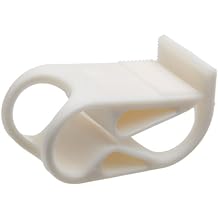So I am not sure if I am the only one having issues, but this is getting frustrating. I do (or try to do) closed pressurized transfers from my carboys to by kegs. But I continually have issues with no beer passing through the ball lock connected to the keg. Sometimes it all flows fine no issues. But often I have to play around with it, try switching ball locks, try and check the dip tube to make sure its in ok, end up killing the nice purged tank I have due to opening it many times. And like yesterday had to give up all together and do an open transfer, which means my NE IPA will probably be an oxyginated mess in a week or two.
Any one have any tips for this extremely frustrating process?
Any one have any tips for this extremely frustrating process?



